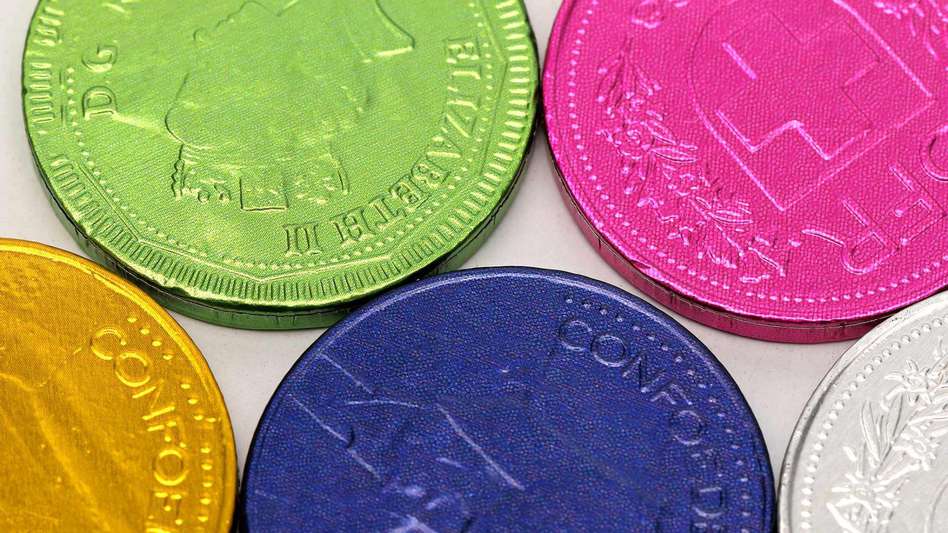Chocolate wars

The Court of Appeal has refused to allow Nestlé to trademark the shape of the four finger KitKat bar. This is the outcome of the latest round in this long-running dispute between Nestlé and Cadbury.
Readers might recall that Cadbury previously failed in its own attempt to register the colour purple that identifies Cadbury Dairy Milk after Nestlé complained.
So what did Nestlé argue?
That the shape of the four bar KitKat was unique and should therefore be protected by a trademark. Chocolate connoisseurs will be aware that there is a strikingly similar Norwegian four finger bar, Kvikk Lunsj (translation: quick lunch), around since the 1930s, so how could KitKat be regarded as sufficiently unique to secure registration? Nestlé already has some trademark protection of KitKat in many countries. The EU court found that Nestlé had to be able to show the public relied on the shape alone and not the brand to identify it. Cocoa enthusiasts might also be aware that Nestlé has previously trademarked “Have a break” in respect of the KitKat.
KitKat as a brand is recognisable for more reasons than the shape. The Court of Appeal found that the KitKat shape had not acquired distinctive character as the shape was hidden by the packaging and not marketed in itself.
Nestlé are naturally disappointed and reportedly considering their next step. The Supreme Court could be asked to hear the case. Cadbury’s owner was reported celebrating the judgment.
Why is the case interesting?
Because it relates to a shape mark. The case looked at the type of use and consumer recognition required to secure monopoly protection over a shape mark. Black cabs successfully secured a shape trademark but not many applications have been successful. The case sets the bar at a high level for protection of shapes, sounds, colours and smells. To secure protection it would be necessary to show that the shape alone is adequate to denote the brand in the eyes of the consumer.
Is this bad blood or is there a legitimate commercial interest?
Copycat imitations of famous brands are increasingly adopted by the supermarkets. If the name is already trademarked, the copycat can seek to look like the original. This is a genuine commercial interest that can be addressed by protecting a shape, colour etc. Such applications are increasing.
Tees is here to help
We have many specialist lawyers who are based in:
Cambridgeshire: Cambridge
Essex: Brentwood, Chelmsford, and Saffron Walden
Hertfordshire: Bishop's Stortford and Royston
But we can help you wherever you are in England and Wales.
Chat to the Author, Sara Stabler
Senior Associate, Dispute Resolution and Litigation, Cambridge office
Meet Sara
- Areas of expertise
- Accreditations
- Testimonials
Legal 500 UK 2024
'Sara Stabler is a remarkably thorough and careful solicitor, but also very pragmatic and down to earth'
Legal 500 UK 2023
'Sara Stabler and her team are consistently really strong performers. They have excellent work and it is clear that their clients receive really good service'
Legal 500 UK 2021
"Sara and James are truly excellent exponents of the legal profession and, in terms of ability and incisive thought and delivery, combined with response time, leave contemporaries in some other organisations in the shade."
Legal 500 UK 2021
"Sara Stabler brings a pragmatic approach to litigation, providing realistic solutions for her clients."
Legal 500 UK 2021
"I have worked with Sara Stabler, senior associate at Tees Law, on two matters. One was a complex commercial dispute with a great deal of personal animosity between the parties and the other a challenging trust case. In the trust case, Sara showed a maturity beyond her years, standing up to difficult bullying opponents and, frankly, out-lawyering them. In the other, she conducted the negotiation of a settlement with consummate skill, never overstating her case but arguing with forceful reasoning. In my book, she is definitely one to watch for the future."
Legal 500 UK 2021
"Sara Stabler and Katie Hayes make an outstanding team of advisers. They combine their qualities to provide excellent service to clients. One of the best I have come across."
Legal 500 UK 2021
"Sara will fight for you all the way, if she feels what you have done is right. If anyone has a litigation issue, I would recommend Sara."



